It may seem a distant memory now, but Ford is a far more streamlined company today than it was just a decade ago. In order not to collapse under its own weight, the automaker was forced to shed Jaguar (which it owned from 1990-2008), Land Rover (2000-2008), Aston Martin (1994-2007), Mazda (1996-2008) and even Volvo (2000-2010). And though some of its ventures were fairly successful (like Mazda), others were a total disaster for both parties (Jaguar); others still were a mixed bag (Volvo and Mazda). Today, many of the automotive brands that Ford owned in the past are performing better than they have in years, which naturally means that Ford has a bit of buyer’s remorse.
Or does it? Today, a significant slice of Ford’s profitability lies in its re-aligned Global Ford Performance division.
“The performance derivatives have better margins than the base,” Raj Nair, Ford’s group vice president of product development, told Automobile. “They also bring in, typically, a younger, more affluent customer than the base vehicle does. They get more conquest sales, and the loyalty generally is higher.”
“I think we’re seeing a little bit more consistency in the demand, for the performance vehicles,” Nair added. “I think it’s just becoming more of an established part of the U.S. market.”
One of the things that Ford’s performance vehicle lineup offers is a performance variant in nearly every car segment, including subcompact (Fiesta ST), compact (Focus ST and Focus RS), and full-size (Taurus SHO). Nair agrees, saying “It doesn’t hurt to have a b-car that’s fun to drive, whether it’s the ST or even the base vehicle. I think we’ve underestimated that as an industry, and now you’re seeing us, particularly here at Ford capitalize on that,” he told Automobile.
“I think maybe we have too narrow a view of ‘enthusiast.’ The joy of controlling a couple-thousand-pound machine with minute movements of your hand and your foot — there’s something in that that’s universal.”
With Ford’s SVT divion, RS division and race-engineering division now under one roof as Ford Performance, we’re sure to see more Ford performance vehicle rolled out across global markets. And though performance vehicles are only one slice in Ford’s profit pie, it’s nice to know that both enthusiasts and Ford itself are benefitting from its re-affirmed commitment to vehicle performance.

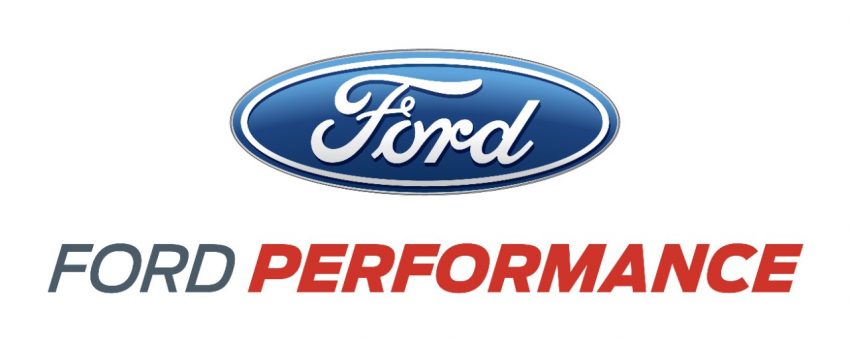
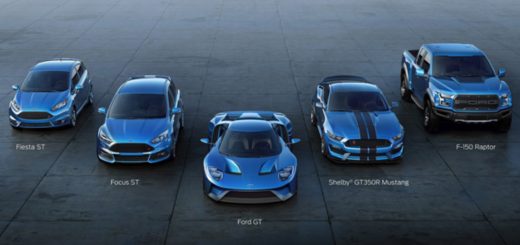
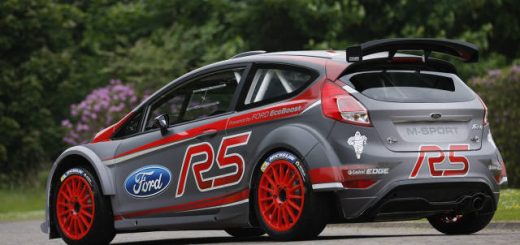

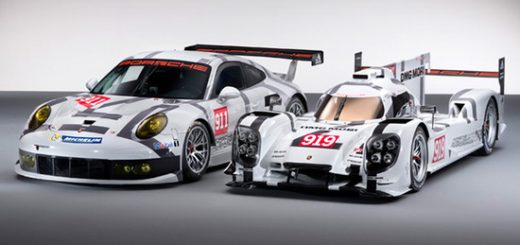

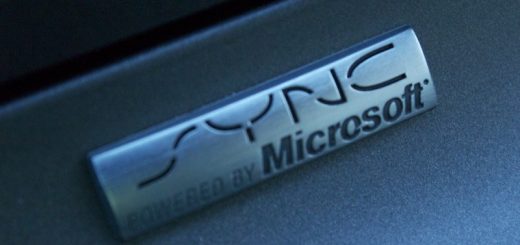






No Comments yet